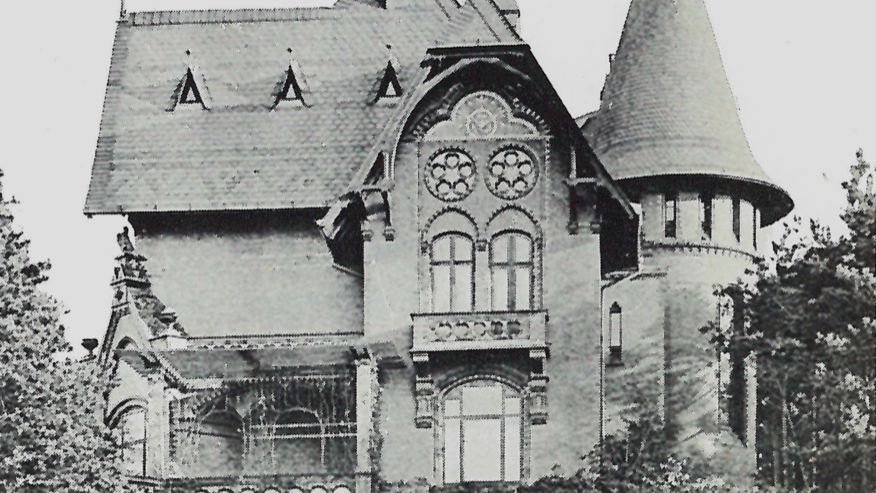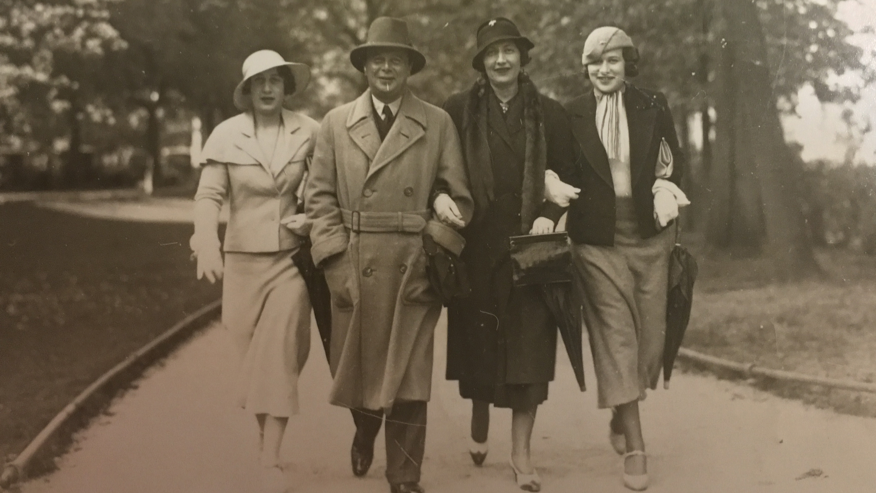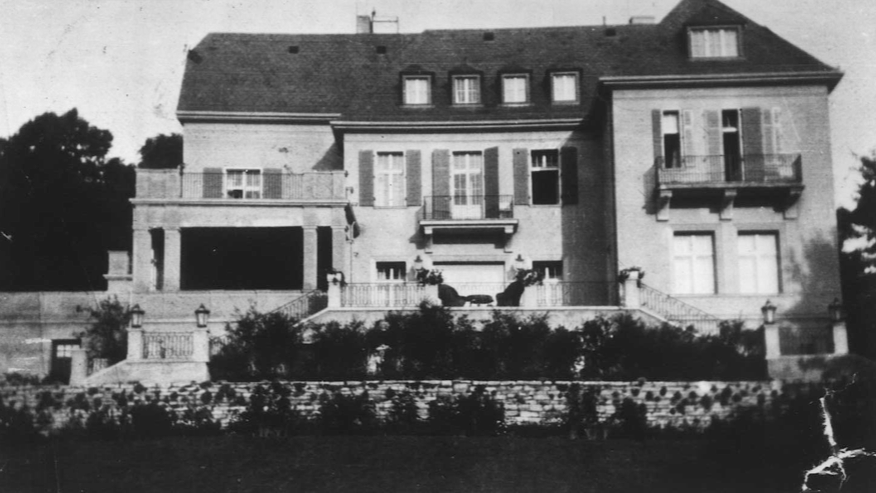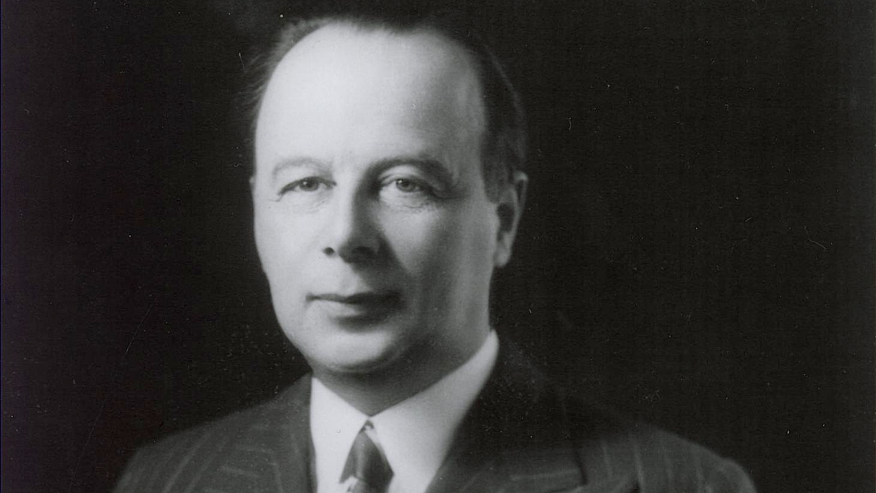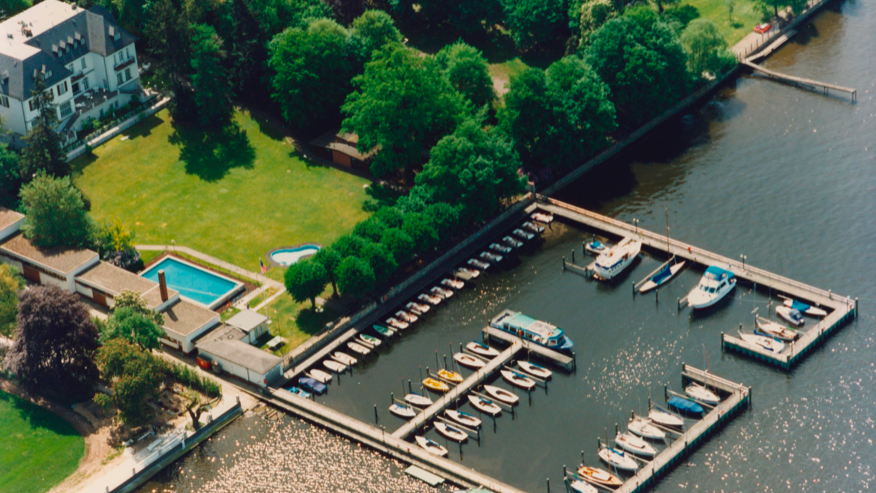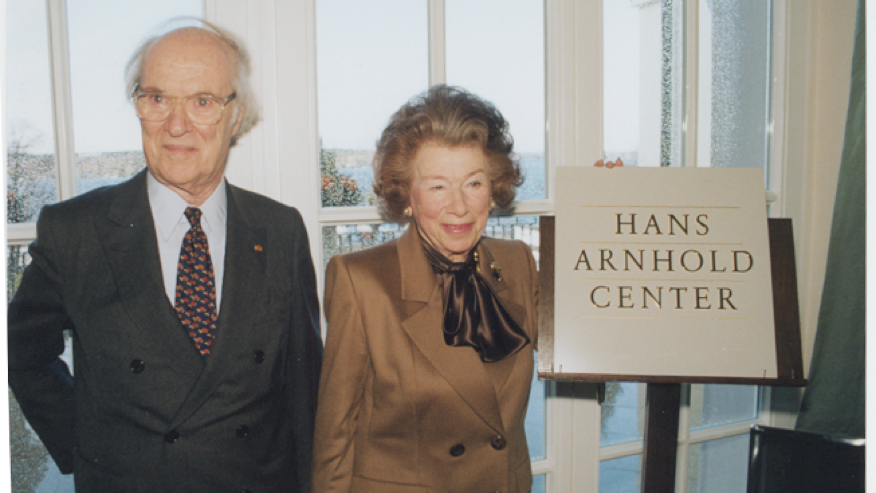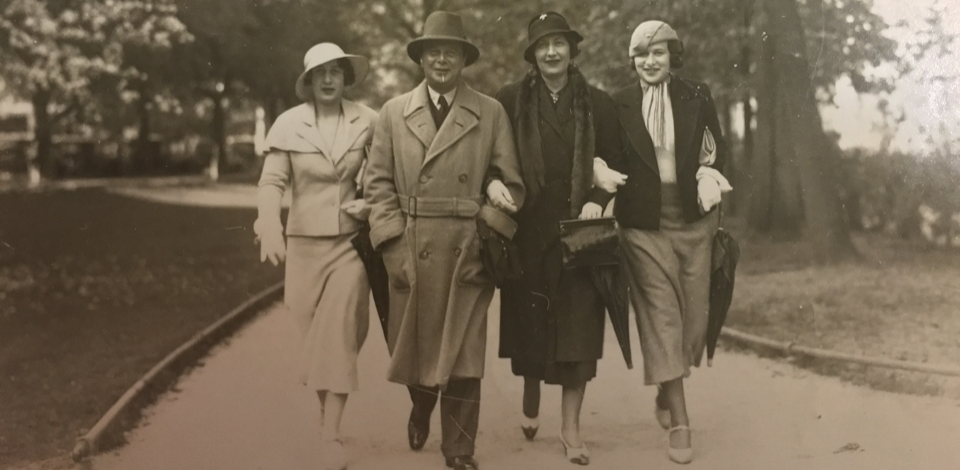
The Arnhold Family Home
The lakeside villa that now houses the American Academy in Berlin was once the home of distinguished banker Hans Arnhold (1888-1966), his wife, Ludmilla (née Heller, 1894-1976), and their daughters, Ellen Maria Gorrissen (1916-1996) and Anna-Maria Kellen (1918-2017).
Hans Arnhold was the son of the German-Jewish banker Georg Arnhold (1859-1926) and nephew of businessman and philanthropist Eduard Arnhold (1849-1925). Georg and Eduard’s brother Max, along with business partner Ludwig Philippson, founded the Gebrüder Arnhold bank in Dresden in 1864. The bank’s Berlin branch was established in 1907. Hans Arnhold became representative of the Berlin branch in 1911, after a bank traineeship in New York, and then its head in 1918. During the First World War, he served as a Prussian military officer’s aide.
The 1920s
In 1927, Hans Arnhold and his family purchased the villa on Am Sandwerder, on what was then called Friedrich-Carlstrasse. The villa was originally designed by architect Johannes Otzen for the AGFA chemist Franz Oppenheim and his first wife, Else, in 1886. The architects Ernst Lessing and Max Bremer were commissioned to remodel the house in 1927, removing all traces of neo-gothic style that belonged to the original structure.
In the late 1920s, the Arnhold home served as an important salon for Berlin artists, musicians, intellectuals, and members of Weimar cultural life, as well as some of Berlin’s most prominent bankers. The history of the estate mirrors Berlin’s own tumultuous experience during the twentieth century.
The 1930s
Forced to leave Germany in 1933, Hans Arnhold and his family moved first to Paris and then, ultimately, in 1939, to New York City. He became senior partner of the Arnhold & S. Bleichroeder bank, which had been re-founded as an investment bank in New York in 1937. Meanwhile, the Arnhold villa in Wannsee was appropriated by the Deutsche Reichsbank, which purchased the property for a token price. Its later president, Walther Funk, the former Nazi minister of economics, remodeled the villa into his residence in 1938.
Post-World War II
In the aftermath of the Second World War, the US Forces requisitioned the property as an Officers’ Club, on July 4, 1945. The house was then recovered by the Arnholds in 1951, under a restitution claim with the German government. The US Forces continued to pay rent, now to the Arnhold’sche Vermögensverwaltung. In 1953, the Americans released the property, and the Berlin senate accepted an offer by the Arnholds to utilize the villa for housing refugees from the East, a purpose the villa served until 1956. The Arnholds then sold the property to the Federal Republic of Germany in 1958. From the 1960s until after the fall of the Berlin Wall, in 1989, the residence was used by the US Army as a recreation center; it became a lively meeting point for political and military officials and Americans living in Berlin. Between 1988 and 1990, US Forces spent nine million Deutschmarks for complete renovation of the property and villa.
The American Academy in Berlin
When Richard C. Holbrooke was US ambassador to Germany, from 1993 to 1994, and the last of the American troops were departing Berlin, he proposed the idea of an American Academy in Berlin. He discussed the idea with several German and American statesmen and scholars—most prominently Fritz Stern, Richard von Weizsäcker, Thomas L. Farmer, and Henry A. Kissinger. These discussions led to the official founding of the American Academy in Berlin, in September 1994, at the closing of the first New Traditions Conference. During the process of searching for a location for the American Academy in Berlin, Holbrooke then came upon the Arnhold villa in Wannsee. Back in New York, he spoke with Stephen and Anna-Maria Kellen about transforming Ms. Kellen’s childhood home into an American post-Cold War center of transatlantic cultural and intellectual exchange.
Anna-Maria and Stephen M. Kellen were enthusiastic about the idea and, in 1997, at an official ceremony at Berlin’s Rotes Rathaus, provided the $3 million founding gift for the renovation of the villa and its grounds. To this day, the Kellen-Arnhold family remains the Academy’s primary source of funding.
The house was dedicated as the Hans Arnhold Center, and the American Academy welcomed its first class of fellows in September 1998. Since then, more than 600 fellows and more than 600 distinguished visitors—writers, artists, composers, scholars, journalists, and thought-leaders—have come through its doors, recreating the intellectual and cultural spirit that once filled the family home of Hans and Ludmilla Arnhold.

